7 Quick Ways on How to Fix a Slow Laptop

Most of us spend a big chunk of our day on our computers, so, naturally, over time our machines start to slow down. There are many reasons for this. The more time that passes and the more we use our laptops, the more files we accumulate on them. Having too many files can seriously slow down your laptop’s response time and make it quite difficult to accomplish anything (not to mention frustrating!). Other things like malware, for example, use up your laptop’s resources and slow down its performance.
Is your laptop running slower than you’d like? Want to speed up your laptop’s performance without having to give it up for a few days? Let’s explore seven different ways on how to fix a slow laptop. Whether you’ve been dealing with a slow laptop for months, weeks or days, these laptop repair tips will help you reclaim some of your sanity and speed your laptop back up:
1. Use a Virus Scanner
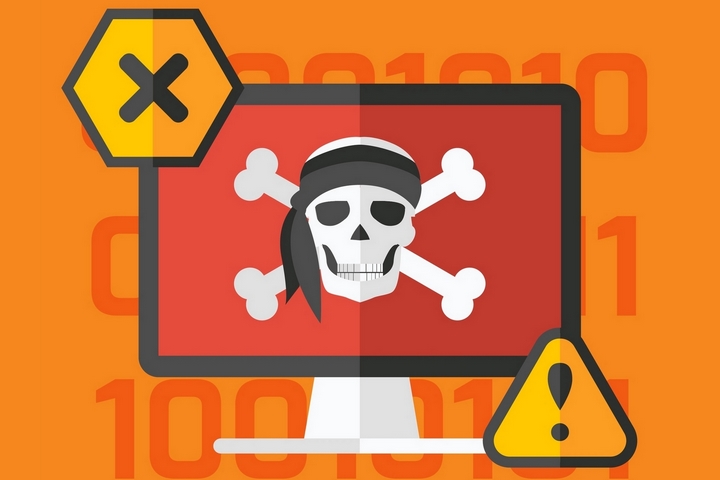
Everyone should have an anti-virus and virus scanner installed on their laptop to protect it from viruses. When your laptop becomes too slow to handle, simply run your virus scanner and see if there is a virus slowing it down. If a virus is found, the virus scanner will prompt you to delete it. If you don’t have an anti-virus program installed on your laptop, now’s the time to get one.
2. Perform a Disk Cleanup
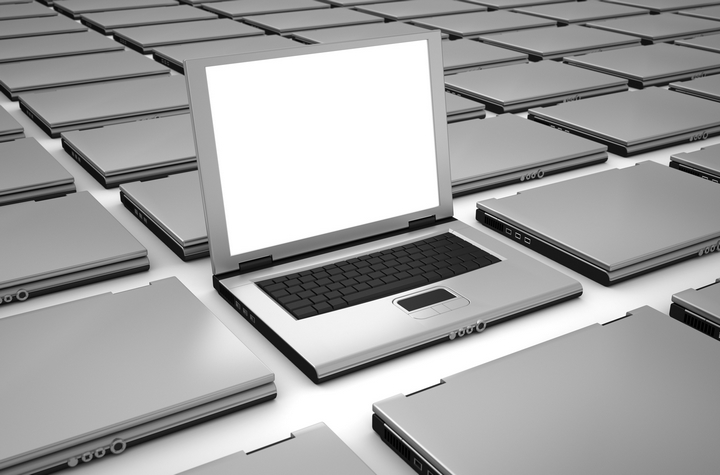
Performing a disk cleanup is one of the best ways on how to fix a slow laptop. Here’s how: type “Disk Cleanup” into the search on your Start Menu and then click “Enter”. This will launch the Windows defragmenter utility. Next up, click on your laptop’s hard drive and then click “Defragment Disk”. This will consolidate your files and make your laptop run faster.
3. Stop Unnecessary Programs from Starting Up
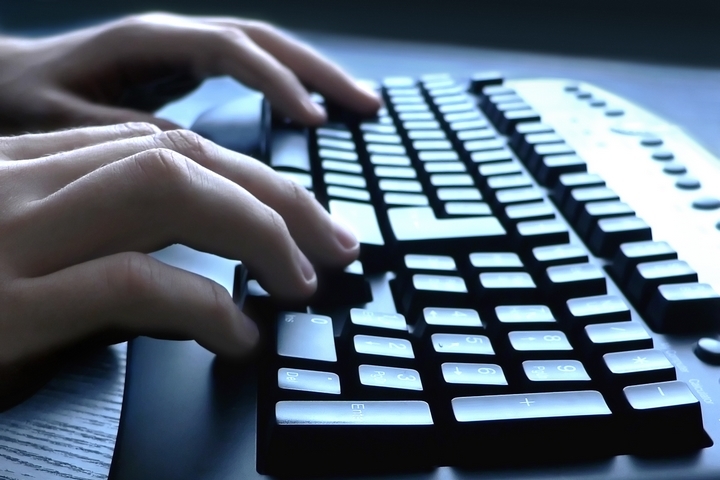
If your laptop has a lot of programs that pop-up when you restart your computer, this can be eating up valuable space and slowing down your laptop. Not to worry though – it’s a quick fix. Here’s how you do it: Right-click on your laptop’s taskbar (at the bottom of your screen) and hit “Task Manager”.
Once the Task Manager pops up, click on the “Startup” tab. This gives you a rundown of all the programs that start-up with the laptop. Figure out which programs aren’t vital and stop them from starting up by right-clicking on the list item and hitting “Disable”. That’s all there is to it – just make sure you don’t disable vital programs!
4. Delete Unnecessary Files
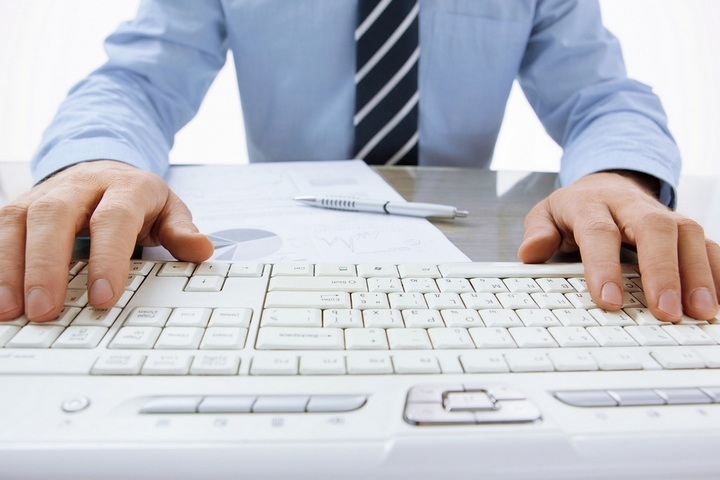
Now that you’ve deleted those unnecessary programs, it’s time to clean up those files. We all have files on our laptops that we’re no longer using. Deleting them is a simple way to free up some space and therefore increase the speed of your laptop. Maybe you have old files from college or university. If you don’t want to delete them forever, try putting them on a USB or external hard drive. That way you get to keep them, but they’re no longer slowing your laptop down.
5. Remove Programs You No Longer Need
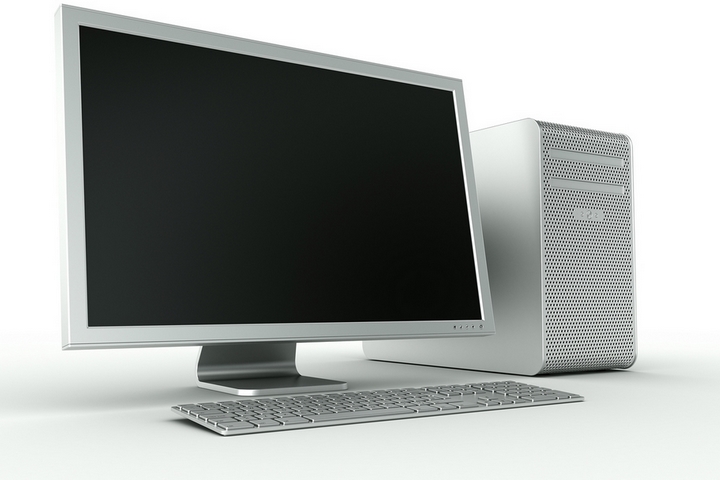
Why keep programs on your laptop that are just slowing it down? You can make your machine run faster if you get rid of these. To do this, click on the Startup Menu and type in “add or remove programs” then hit “Enter”. This will launch the Add or Remove Programs screen. Now all you need to do is click on the program you no longer need, then hit “Uninstall”. Repeat this for all the programs you find that you don’t use anymore. Now that there’s more space on your laptop’s hard drive, your laptop will run faster.
6. Adjust Power Options
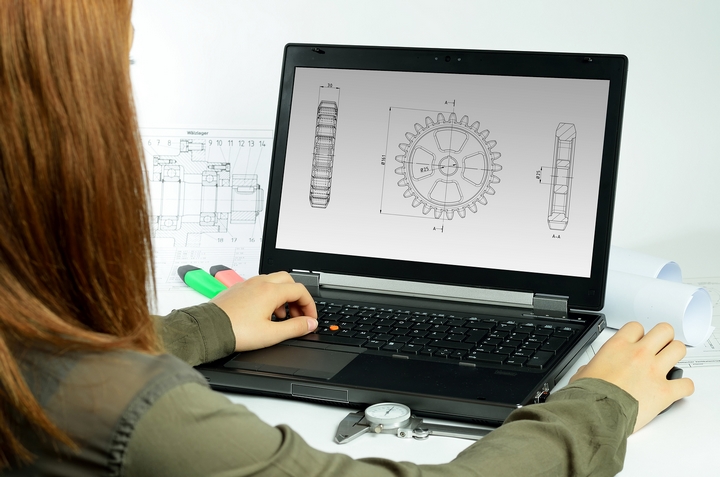
Adjusting your power options is another simple trick to speed up the performance of your laptop. To do this, you’ll want to change your laptop’s power option from “Balanced” to “High Performance”. Although this option uses more energy, it does speed up the performance of your machine. To do this, go to your Control Panel, then click “Hardware and Sound”, then click “Power Options”, and finally click “Create a Custom Power Plan”. Change the highlighted option from “Balanced” to “High Performance” and you’re all set.
7. Turn Off Unneeded Features

For this final method to fix your slow laptop, try turning off unneeded features. To do this, go to your Control Panel again. This time click “Turn Windows Features On or Off”. Next up, go through the list to see if there are any features you no longer need. To turn a feature off, clear the check box. Be careful not to turn off anything you actually need, and this should speed your laptop up.
